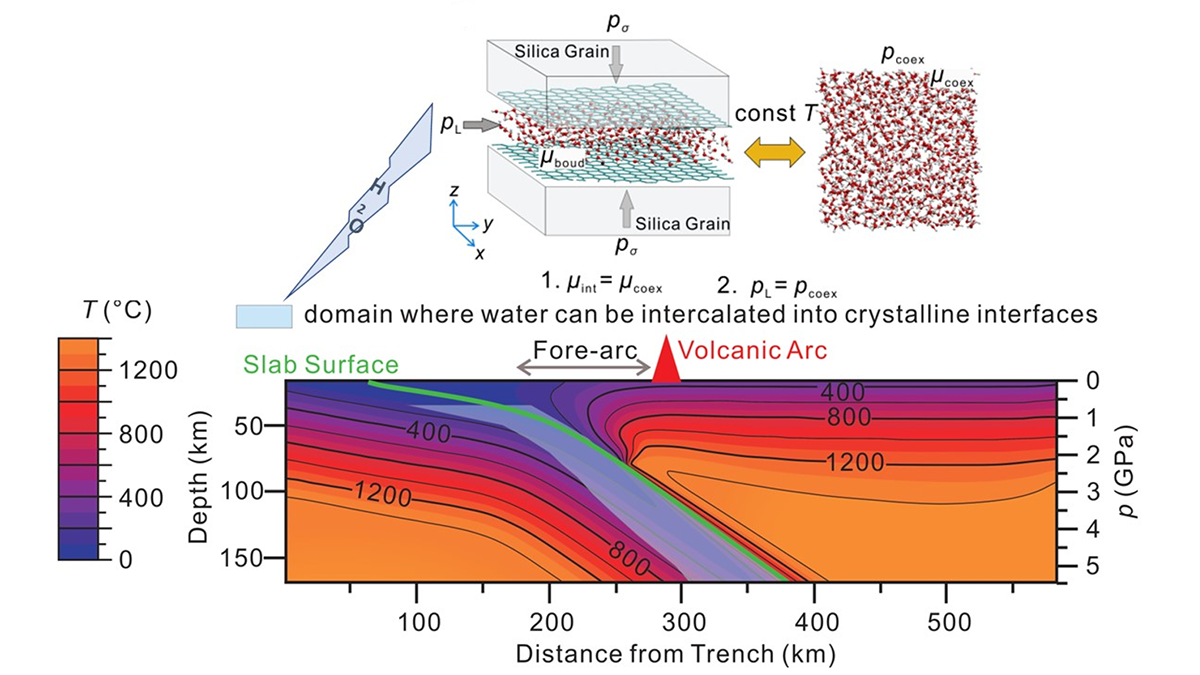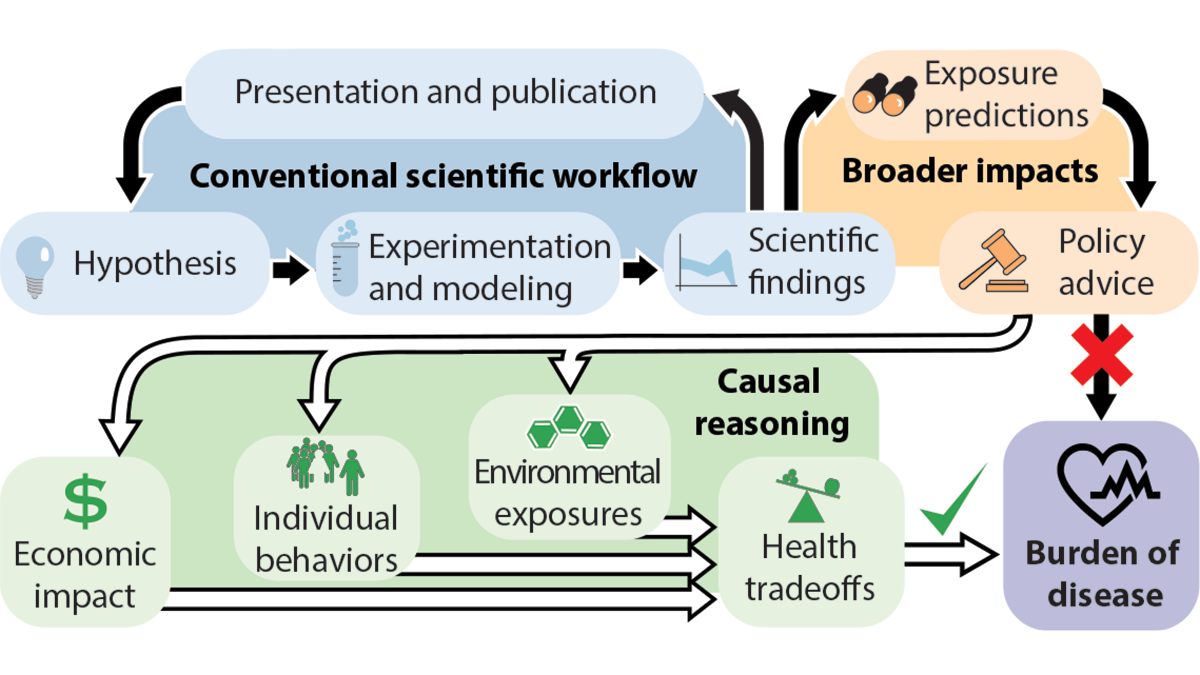A new seismic study shows that magmatism along the eastern North American rift margin was segmented, and that rift discontinuities influence formation of fracture zones along the Mid-Atlantic Ridge.
Editors’ Highlights
Ultra-High-Resolution Age Model in Clams Yields Daily Paleo-Data
Using geochemical techniques, scientists identify daily cycles in fossilized giant clams, which permits climate reconstructions at the weather timescale.
Melting Glaciers as a Source of Lead in Coastal Waters
New experiments show how lead circulates through glaciers, meltwater, and sediments in polar environments.
Desert Landscape Evolution Controlled by Storm Intensity
A new study in the Negev Desert finds that long-term erosion of a desert escarpment occurs in drier areas where intense storms are most frequent.
Warming Reduces Relative Humidity Through Soil Moisture
Relative humidity over land decreases in a warmer climate as a result of interactive soil moisture response.
Meteorological Uncertainty Shapes Global Hydrological Modeling
A new study examines the effects of spatiotemporal precipitation uncertainty on key hydrologic processes, including runoff and soil moisture, in a comprehensive sample of 289 cryosphere regions.
Illuminating the Complex Structural Fabric Beneath the European Alps
A new study investigates the dynamics of the complex continental collision that formed the European Alps and reveals how structural alignments change with depth.
Earthquakes Have Preparatory Stage Years Before Rupture
Tidally induced seismicity increased locally before the 2019 Ridgecrest earthquake, suggesting that fault sensitivity to stress increases in the years immediately before large earthquakes.
Fluid Release from Subducted Slabs Without Percolation Flow
A new study demonstrates the absorption mechanism of H2O release out of subducting slabs, making the previous hypothesis of dehydration embrittlement unnecessary.
Connecting the Dots Between Geohealth Research and Health Policy
Geohealth research is typically focused on environment-health impacts, but including physical and social mechanisms, and health and non-health trade-offs, can result in better policy benefits.










